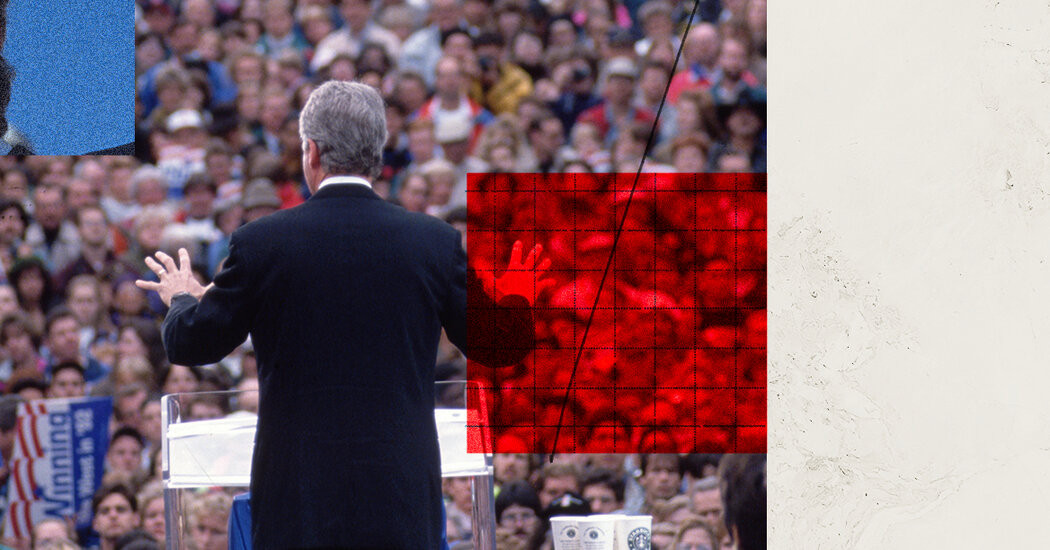

Patrick Healy, the deputy Opinion editor, hosted an online conversation about the future of the Democratic Party with four veteran strategists and reformers who spearheaded the New Democrat movement that helped elect Bill Clinton to the presidency in 1992.
Patrick Healy: I caught some heat this winter from Democrats when I raised the idea that the party is in deeper trouble with voters than its leaders are admitting — perhaps even the kind of existential trouble that the party had in the 1970s and 1980s, when it lost four out of five presidential races to Republicans. Back then, many Americans saw the party as too liberal, untrustworthy on inflation and spending, and out of touch — culturally and economically — with middle-class and working-class Americans. The Democrats needed a big reset. And that’s what happened after they lost the presidency again in 1988, with the rise and victory of Bill Clinton in 1992. The four of you played key roles in pushing for that reset and advising Clinton. I want to discuss how the Democrats got their groove back and what lessons there are for the party today.
Let’s start with this question: How would you describe the Democrats after the 1988 election, when George H.W. Bush beat Michael Dukakis, and how would you compare that to the state of the Democratic Party today?
William A. Galston: People weren’t buying what we were selling. Losing to Donald Trump the second time is a sign, I’m afraid, of exactly the same thing. Voters don’t want what we’re offering. We need a new offer.
Healy: Why weren’t Americans wanting what Democrats were selling?
Al From: Democrats stood for weakness at home and in the world, big government and special interest groups, special pleadings.
Elaine Kamarck: We had cultural issues hanging over us, as we do today. And the problem is that because culture evokes emotion, if you are on the wrong side of a cultural issue, nobody hears your economics. Doesn’t matter how many CHIPS programs you have or how much money you’ve put into education — nobody hears it.